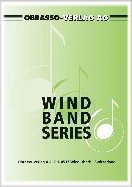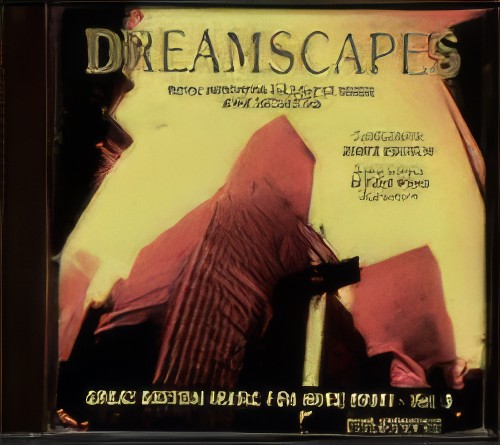Results
-
 £94.30
£94.30DOUBLE TALK (Flexible Duet with Concert Band) - Woodfield, Ray
Duet for: Trumpet (Cornet) and Euphonium; Euphoniums; Trumpets (Cornets); Alto Saxophone and Tenor Saxophone; Oboe and Bassoon. Grade: medium.
Estimated dispatch 7-14 working days
-
 £13.95
£13.95DREAMSCAPES (Royal Northern College of Music Wind Orchestra) (CD)
Great British Music for Wind Band Vol.8 Royal Northern College of Music Wind Orchestra. Conducted by James Gourlay. Includes: Dreamscapes (Martin Ellerby); Rail (Wilfred Josephs); Euphonium Concerto (Martin Ellerby) - soloist: Steven Mead; Mata Hari (Nigel Clarke; Meditations (Martin Ellerby)
Estimated dispatch 7-14 working days
-
 £92.00
£92.00ELITE SYNCOPATIONS (Flexible Solo/Easy Concert Band) - Joplin, Scott - King, Peter
Solo pars included for Flute, Clarinet, Alto Sax, Trumpet, Trombone BC/TC, Euphonium TC. Duration: 3:00 American Grade 2.5
Estimated dispatch 7-14 working days
-
 £75.24
£75.24Fanfare for Freedom
An impressive and demanding composition for mature bands by a talented Australian composer and military band conductor. Requires good players in all sections, but it is well worth the effort. The inspiring slow section includes solos for oboe, clarinet, horn, trumpet & euphonium as well as some challenging parts for the mallet percussion players. Every section of the band has plenty to keep them challenged and involved. Will be a superlative opener for any concert!
Estimated dispatch 7-14 working days
-
 £94.99
£94.99Farewell Song Wind Band Set (Score & Parts)
Farewell Song has been taken from Der Trompetervon S?ckingen by Victor E. Nessler (1841-1890). Thisopera tells the sentimental story of a plain musicianwho is eventually allowed to marry the daughter ofa baron. From the first performance in 1884, thisopera was well liked - not so much because of thestory but because of its musical features. Impressivetrumpet solos, drinking songs and dance scenes werethe ingredients that enthralled audiences throughoutEurope. Today, only the farewell song called JungWerner's Abschied, also known as Beh?t' dich Gott,has remained an absolute winner. Wil van der Beekhas written a fine arrangement of this entitledFarewell Song. He felt it was appropriate to entrustthe melody of this song, originally written for tenorvoice, to the baritone or euphonium. 0:05:15
Estimated dispatch 7-14 working days
-
 £3.95
£3.95FIRST BLOW - Level 1 (Part 3 in B flat - upper octave) - Waites, Ernie
Clarinet, Tenor Saxophone, Baritone, Euphonium
Estimated dispatch 7-14 working days
-
 £3.95
£3.95FIRST BLOW - Level 1 (Part 3 in B flat BC) - Waites, Ernie
Trombone, Euphonium (for Continental Europe)
Estimated dispatch 7-14 working days
-
 £3.95
£3.95FIRST BLOW - Level 1 (Part 3 in C BC) - Waites, Ernie
Bassoon, Trombone, Euphonium
Estimated dispatch 7-14 working days
-
 £3.95
£3.95FIRST BLOW - Level 1 (Part 4 in B flat BC) - Waites, Ernie
Euphonium, Tuba (for Continental Europe)
Estimated dispatch 7-14 working days
-
 £3.95
£3.95FIRST BLOW - Level 1 (Part 4 in B flat TC) - Waites, Ernie
B flat Bass, Euphonium, Bass Clarinet
Estimated dispatch 7-14 working days
